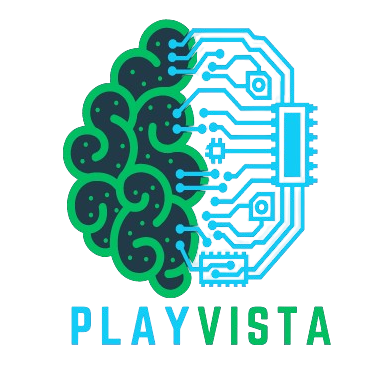Toys are more than just objects; they are gateways to adventure, creativity, and learning. From the earliest days of human civilization to the present digital age, toys have played a crucial role in childhood development, cultural expression, and technological advancement. This article clitoral vibrator explores the evolution of toys, their significance in child development, and the exciting trends shaping their future.
A Historical Perspective
The history of toys is as old as human society itself. Archaeological findings reveal that children in ancient Egypt, Greece, and Rome played with dolls, animal figures, and miniature tools made from materials like clay, wood, and stone. These early toys often mirrored the adult world, preparing children for their future roles in society.
The 19th century Industrial Revolution marked a significant shift, making toys more accessible and affordable through mass production. Classic toys such as teddy bears, rocking horses, and toy soldiers became staples in children’s playrooms. The early 20th century saw the introduction of iconic toys like LEGO bricks, which encouraged creativity and problem-solving, and Barbie dolls, which reflected evolving societal norms and fashion trends.
The Digital Revolution
The advent of the digital age brought profound changes to the toy industry. The late 20th and early 21st centuries witnessed the rise of electronic toys, video games, and interactive gadgets. Products like the Tamagotchi, Nintendo Game Boy, and PlayStation introduced new forms of play, integrating technology and digital interactivity.
Today, smart toys equipped with artificial intelligence (AI) and connectivity features are at the forefront of innovation. These toys can interact with children in personalized ways, adapt to their learning pace, and even teach programming skills. Augmented reality (AR) and virtual reality (VR) toys create immersive experiences, blending the physical and digital worlds.
The Role of Toys in Child Development
Toys are not just about fun; they are vital tools for learning and development. Through play, children develop cognitive, social, and physical skills. For example:
- Cognitive Development: Puzzles, building blocks, and educational toys enhance problem-solving abilities, spatial awareness, and critical thinking.
- Social Skills: Role-playing toys like dolls and action figures help children understand social roles, empathy, and cooperation.
- Physical Development: Toys like balls, bicycles, and jump ropes promote physical activity, coordination, and motor skills.
Moreover, toys can be therapeutic. For children with special needs, sensory toys and adaptive play equipment can aid in sensory processing and motor development, providing inclusive play opportunities.
Current Trends and Future Directions
The toy industry continues to evolve, driven by technological advancements, societal changes, and environmental considerations. Some notable trends include:
- STEM Toys: Science, Technology, Engineering, and Math (STEM) toys are designed to inspire interest in these fields from an early age. Kits for building robots, coding games, and science experiments make learning engaging and hands-on.
- Eco-Friendly Toys: With growing awareness of environmental issues, there is a push towards sustainable toys made from recyclable materials, organic fabrics, and biodegradable plastics.
- Inclusive Toys: The industry is increasingly embracing diversity, with toys representing different races, genders, abilities, and cultures to promote inclusivity and representation.
Challenges and Considerations
Despite the positive trends, the toy industry faces several challenges. Ensuring the safety of toys is paramount, with stringent regulations to prevent hazards such as choking, toxicity, and sharp edges. Additionally, balancing screen time with physical play remains a concern for parents and educators in the age of digital toys.
Environmental sustainability is another critical issue. The industry must continue to innovate in creating eco-friendly products and reducing waste. Ethical manufacturing practices are also essential to address labor concerns and promote fair trade.
Conclusion
Toys are an integral part of childhood, shaping the way children see the world and themselves. From ancient handcrafted figures to modern AI-driven gadgets, toys have always been about more than just play—they are about growth, learning, and imagination. As we move forward, the challenge and opportunity lie in creating toys that not only entertain but also educate, inspire, and foster a better, more inclusive world. The magic of toys lies in their ability to transform simple moments into lifelong memories, sparking joy and curiosity in the hearts of children everywhere.

